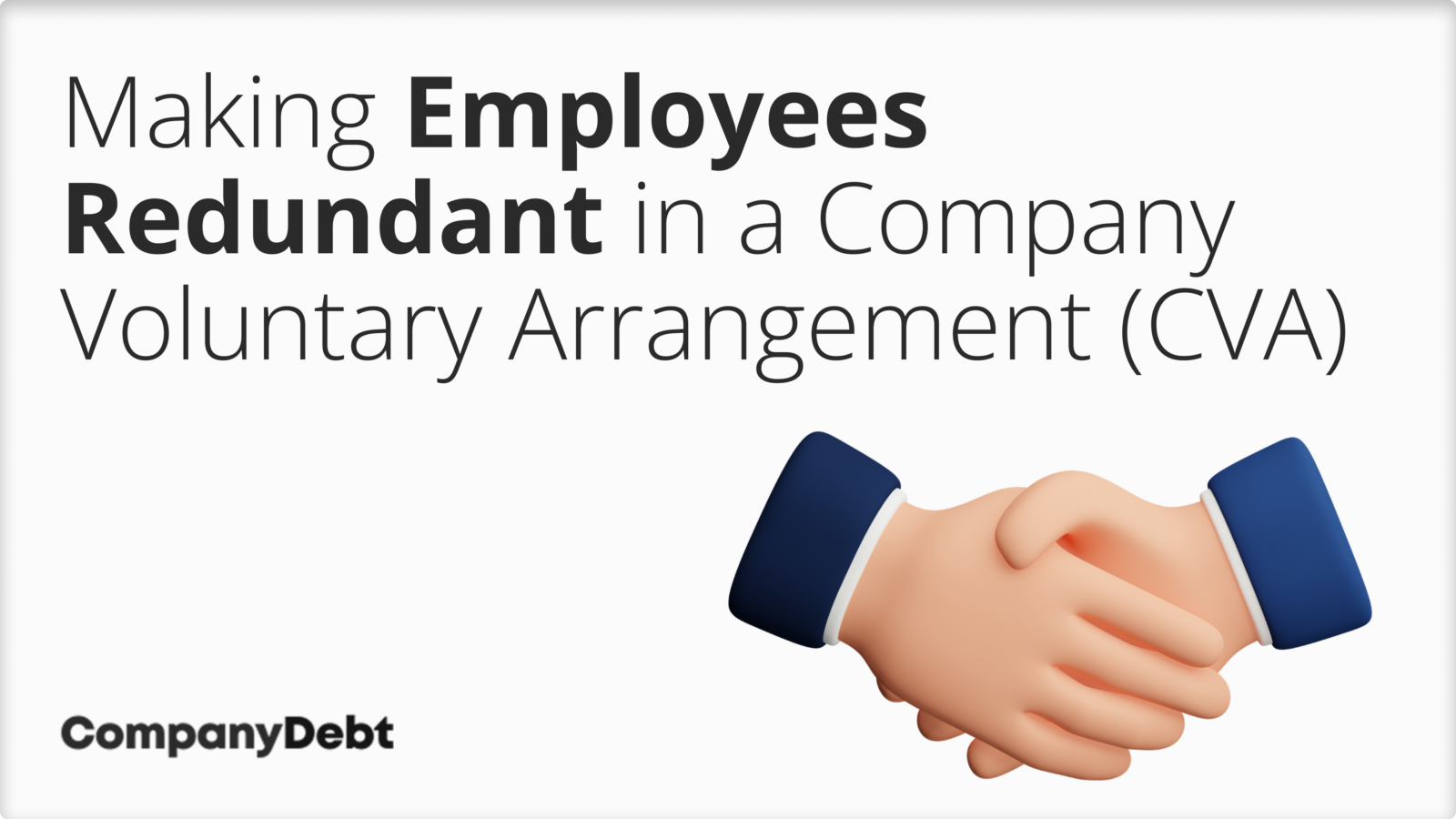Described: If a Company Goes Bust Who Pays Redundancy in the UK?
Described: If a Company Goes Bust Who Pays Redundancy in the UK?
Blog Article
Exploring the Interplay In Between Company Redundancy and Business Versatility for Future Growth
In the vibrant landscape of today's business globe, the intricate partnership in between company redundancy and organizational flexibility arises as a crucial factor for sustained development and success. Companies commonly encounter the obstacle of striking a delicate balance in between keeping a degree of redundancy to reduce risks and cultivating flexibility to react promptly to the ever-evolving market needs.
Significance of Business Redundancy
Company redundancy is a crucial element that boosts organizational resilience and alleviates operational risks. By including redundancy steps within the organizational framework, firms can much better stand up to unexpected disruptions and variations in the organization atmosphere. Redundancy works as a tactical buffer, permitting companies to adapt and react effectively to unexpected difficulties without jeopardizing vital operations.
One key element of the value of company redundancy is its role in making sure continuity throughout times of dilemma. When encountered with abrupt changes or emergencies, repetitive systems, resources, or employees can action in to maintain essential functions and stop extensive disruptions. This connection not only safeguards the firm's track record and consumer depend on yet also lessens financial losses and functional downtime.

Approaches for Business Adaptability

One more critical strategy is purchasing technology and infrastructure that can sustain versatility and scalability. Carrying out digital tools, automation, and data analytics can simplify operations, enhance efficiency, and give valuable understandings for notified decision-making. Additionally, creating versatile business structures that enable quick changes to market characteristics and consumer needs is essential for remaining affordable in a rapidly advancing setting. By proactively recognizing potential disturbances and possibilities, companies can proactively prosper and adjust in an ever-changing organization landscape.
Harmonizing Redundancy and Adaptability
Accomplishing an unified stability between functional redundancy and organizational flexibility is paramount in navigating the complexities of a vibrant business environment. Redundancy within a firm gives a safeguard, guaranteeing connection and stability in procedures. However, an extra of redundancy can cause inefficiencies and prevent flexibility to altering market problems. On the various other hand, business versatility permits firms to respond immediately to exterior disruptions and seize brand-new chances. Striking the best balance between redundancy and flexibility is a delicate procedure that requires a deep understanding of the organization's goals, sector dynamics, and threat tolerance.
To attain this equilibrium, companies need to conduct regular analyses of their operations to determine areas where redundancy is essential for danger reduction and where versatility can drive innovation and development. Applying flexible frameworks, fostering a society of continual discovering and renovation, this hyperlink and encouraging open communication across all levels of the organization are vital strategies to balance redundancy and adaptability properly. By lining up these 2 essential aspects, firms can place themselves for sustainable growth and success in an ever-changing service landscape.
Instance Researches on Adjustment Success
In checking out instances of successful organizational adaptation, it ends up being apparent that the interaction in between functional redundancy and versatility is a defining factor in forming resilient services. One compelling study is that of Netflix. Initially a DVD rental solution, Netflix demonstrated remarkable versatility by transitioning right into a streaming system when digitalization interrupted the industry. By purposefully buying modern technology and web content creation, Netflix not only prospered yet endured in a rapidly evolving market. An additional standout instance is Amazon. Starting as an on the internet book shop, Amazon continuously adapted its business design, increasing into varied sectors such as cloud computer and synthetic knowledge. This flexibility allowed Amazon to remain ahead of rivals and meet transforming consumer needs. Finally, Adobe supplies a significant illustration of effective adjustment. The firm shifted from offering software licenses to a subscription-based design, ensuring persisting earnings streams and improved customer engagement. These study underscore the importance of operational redundancy combined with business adaptability in promoting long-term growth and competitiveness.
Structure Durability for Future Growth
Building durability for future development calls for a strategic placement of operational processes with market dynamics and emerging patterns. Firms have to adjust to transforming atmospheres by cultivating a society of versatility, technology, and constant renovation.
Furthermore, promoting solid connections with stakeholders, such as clients, staff members, providers, and the area, is necessary for weathering unpredictabilities and maintaining trust fund and assistance throughout unstable times. Effective communication and openness play a vital function in structure strength, as they aid facilitate and straighten expectations cooperation in navigating uncertainties.
Furthermore, organizations need to prioritize knowing and development initiatives to upskill staff members and furnish them with the required tools to adjust to altering conditions. By spending in their labor force, companies can improve their versatility and agility, inevitably enhancing their durability for lasting future growth.
Final Thought

In the dynamic landscape of today's organization globe, the intricate relationship in between company our website redundancy and business adaptability emerges as an essential aspect for continual growth and success. Firms often face the difficulty of striking a fragile equilibrium between keeping a level of redundancy to alleviate dangers and fostering flexibility to react swiftly to the ever-evolving market demands.To achieve this equilibrium, firms need to carry out normal evaluations of their procedures to identify areas where redundancy is required for risk mitigation and where flexibility can drive development and development.In verdict, the interaction in between company redundancy and organizational versatility is crucial for future development. Structure resilience with a combination of redundancy and versatility will certainly ensure that firms are prepared for the challenges of the future.
Report this page